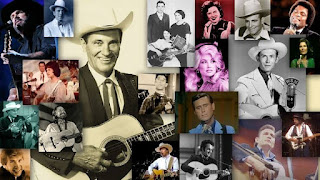The Heart and Harmony of Country Music: Tradition, Orchestration, and Evolution.
Country music is a genre deeply rooted in storytelling, emotion, and tradition. Originating in the early 20th century from folk, blues, and Appalachian music, it has evolved into a diverse genre encompassing styles like honky-tonk, outlaw country, and modern country-pop. The lyrics often reflect themes of love, heartache, resilience, and the everyday struggles of life, making it one of the most relatable and enduring music styles. While early country music relied on simple arrangements with acoustic instruments like the guitar, banjo, and fiddle, contemporary country artists incorporate rock and pop influences, creating a broader, more polished sound that appeals to a wider audience.
The orchestration of country music is distinct yet flexible, blending traditional acoustic elements with modern production techniques. Classic country arrangements feature the twang of steel guitars, the warmth of fiddles, and the steady rhythm of acoustic guitars and upright bass, often accompanied by simple yet expressive vocal harmonies. In contrast, modern country music frequently integrates electric guitars, synthesizers, and full drum kits, giving it a more dynamic and layered sound. Orchestral elements, such as strings and subtle brass sections, occasionally enhance ballads, adding depth and drama to emotional storytelling. Despite its evolution, country music remains anchored in its roots, using instrumentation to reinforce the heartfelt narratives that define the genre.
Disclaimer - We do not own the singers collage image. The copyrights of it are reserved to the original creators and artists.




Comments
Post a Comment